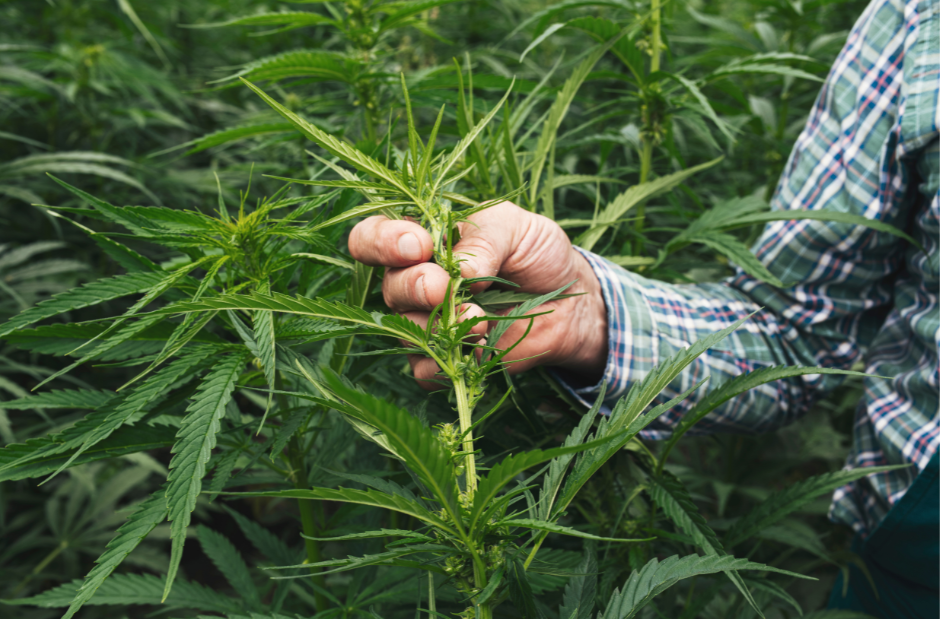Over the past decade, climate change and sustainable farming practices have dominated conversations worldwide. While many focus on renewable energy or water conservation, there are countless ways to protect and restore the planet for future generations. One such solution is hemp.
Hemp is an incredibly versatile plant with a wide array of benefits. The increasing availability of hemp biomass has fueled advancements in cannabinoid research within the medical field. Hemp seeds provide a valuable source of protein and fiber for both humans and animals. Products once made from paper are now being created with hemp fiber. And in an exciting twist, even homes can be constructed using hemp-based materials.
With all the remarkable uses of hemp, how can it contribute to more sustainable farming practices and help improve or regenerate soil health?
It All Starts at the Roots
In the 1930s, the United States faced a devastating environmental crisis known as the Dust Bowl. A combination of severe drought and poor farming practices led to widespread soil erosion across vast stretches of farmland. The Library of Congress notes that “farmers plowed the prairie grasses and planted dry land wheat. As demand for wheat products increased, cattle grazing was reduced, and millions more acres were plowed and planted.”
The removal of native grasses left the soil exposed and vulnerable to harsh conditions, especially the high winds common in states like Kansas and Oklahoma. This set off a chain of events that became a defining chapter in American history, immortalized in art and literature.
When native plants are displaced, the soil loses its protection. However, with sustainable farming methods and the introduction of deep-rooted plants like hemp, the soil can be safeguarded against erosion, reinforcing the land for future generations.

How Hemp Can Repair Soil
Hemp not only helps maintain soil integrity but also plays a vital role in repairing damaged land. The plant is capable of absorbing harmful substances like heavy metals, pesticides, and other contaminants, which are stored in the plant until harvest.
A 2020 study published by GCB Bioenergy states, “Numerous studies have shown that hemp can effectively phytoextract heavy metals and radionuclides, with the contaminants distributed throughout the plant at varying concentrations.”
Current Research
Recent studies are further investigating hemp’s role in soil repair. A 2022 study by researchers at USDA-ARS Western Regional Research Center in California revealed that industrial hemp can help remove heavy metals from soil. Their findings indicated that “hemp’s deep root system and its tolerance to various metals make it an effective tool for soil remediation. Additionally, the biomass from the crop holds numerous commercial uses after harvest.”
Thanks to the surge in legalization over the past decade, there has been a significant increase in hemp biomass, with seeds and young plants now more widely available. This has paved the way for expanded research opportunities and more effective exploration of hemp’s potential.
The Bottom Line
Hemp is a versatile plant with many potential benefits, particularly for soil repair and preservation. Current research shows that hemp can absorb toxic substances and prevent soil erosion, positioning it as a valuable tool for environmental restoration. However, the next challenge is determining the best use for the hemp once it’s harvested. There are many potential avenues to explore, but the right path forward remains to be seen. One thing is certain: hemp’s role in soil repair is just beginning to unfold.
